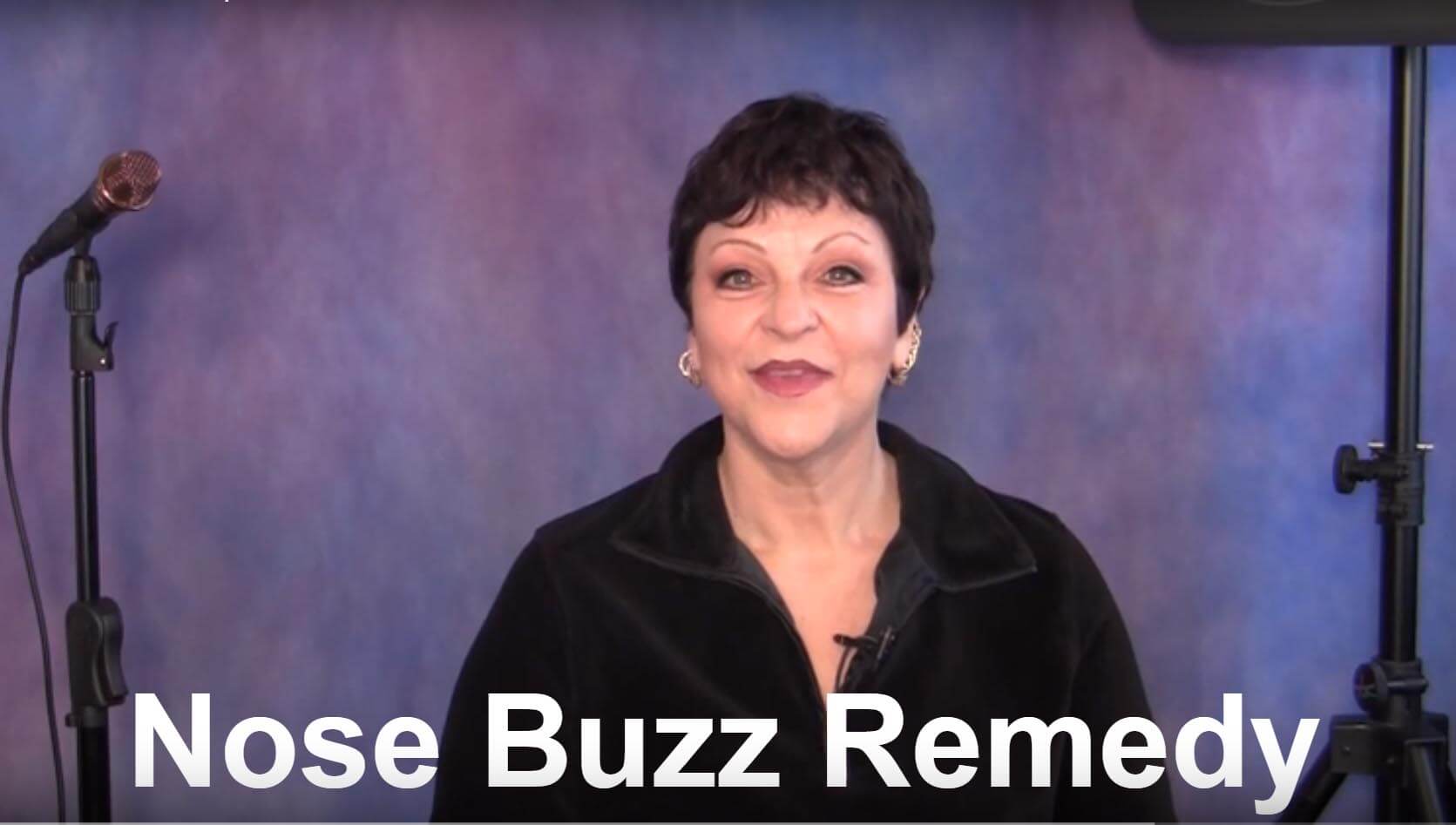Teachers have always coined terms to explain and classify the voice in an attempt to add credibility to vocal pedagogy (teaching). Trying to make an art form sound more credible by using impressive terms unfortunately does not make it scientific. Not being scientifically sound, some of these terms would occasionally clarify concepts for a singer but more often they would generate confusions which actually hinder one’s understanding and potential.
Range and Register Classifications
The terms Chest Voice, Head Voice and Falsetto are examples of such a vocabulary that possibly traces back as far as the Roman Empire. They may have some descriptive value but they provide no physiologically accurate data about how the voice actually works while appearing to do so.
When you sing in the range of your voice that spans from a few notes below the pitch of your speaking voice to about an octave above it, you often feel sensations in the breastbone; thus the classification “chest voice.” Likewise, the head voice was so named due to the experience of sensations in the head when singing up from approximately 6 to 8 notes higher than the pitch of one’s usual speaking voice. Between chest and head was designated as the “middle register” – just to have a name for it. For men, the falsetto lies above the head register; while for women it is often called the whistle register (Mariah Carey’s highest range).
The name falsetto can be especially misleading since “false” is defined as unreal or imaginary. In fact, the name originates from an early Italian school of voice technique. It was during a time when only men were permitted to sing in concert and so needed to sing all the parts. But, as they considered the highest notes of a male voice unnatural and a false voice, they named it accordingly. It’s unfortunate that this biased classification has carried forward into modern vocal parlance.
The Problem with This
Now-a-days these terms lack uniform definitions and mean different things from teacher to teacher. This creates a great deal of confusion and may have you made you uncertain as to what’s the correct approach as you sing low and high in your range.
The problem with using these categories in vocal training is that it can encourage you to think of your voice in sections. This sectionalized approach can lead to the idea that you must make something happen in order to bridge the gap between your “different voices.” And in fact, this is how many singers are taught and it is a complete falsehood.
After working with tens of thousands of singers from around the world, many of whom were confused and plagued by needless maneuvers to navigate between “their registers,” I decided not to perpetuate this fallacy of segmented range. My previous research into medical journals had provided accurate scientific vocal physiology which I incorporated into an understanding of how to achieve an uninterrupted wide useable range.
The Solution
My discoveries have validated the way I prefer to think of the voice – as having an expanse of range within which the singer is free to create sounds appropriate to their own self-expression and communication. However, there are several factors that can impede this achievement and if they’re not understood, would cause a singer to think about range in a more limiting way.
A major factor is too much air released when you sing. This single issue — very common even amongst trained singers — is the underlying cause of such an array of apparently nonrelated vocal difficulties that you may not even suspect it as a problem. You may not know this is the underlying reason for the symptoms you experience or the limitations of your voice and range.
Air Over-Blow
The result of air over-blow is usually an unconnected range that is stronger in the lower notes and lighter, weaker, breathier or without ‘body’ in the higher range. This usually leads to the confirmation and supposed proof that there is such a thing as “Chest voice” and “Head voice.” From this, systems were designed to “bridge” each section and mask over these sections. It’s like creating a problem and then developing “techniques” to hide the problem that was never solved in the first place.
Pushing out too much air while you sing has many symptoms. Many singers expend most of their energy working to compensate for this problem without realizing what the problem is. Unfortunately this is reinforced by voice techniques that are designed to work around air over-blow instead of recognizing it as the problem and remedying it.
Is There Hope?
I have discovered and developed a breath management technique that works naturally and automatically. Once you learn it, you don’t need to do “breathing exercises” and you don’t have to think about breathing when singing. To begin to get a sense of what it might feel like to sing with less air coming out try this:
EXPERIMENT: Put your hands on your sides, about half-way up from your waist. Through your mouth, inhale and let your sides expand (those are your ribs expanding). Now sing a line of a song while trying to maintain the expansion of your sides. As you do so, do not push in your stomach.
It is not easy to maintain an expanded ribcage without proper muscle development. The above is not one of my exercises. I am only trying to give you a sense of what it might be like to not push out your breath as you sing, and see if you notice any improvement, no matter how slight.
To completely achieve natural breath support along with the full benefits of this approach (ribcage expansion technique), you will find the comprehensive theory and exercises in my Contemporary Vocalist Volume One digital book and audio download.
You can own and command your range with confidence and ease!
Yours in song,
Jeannie Deva





Leave A Comment